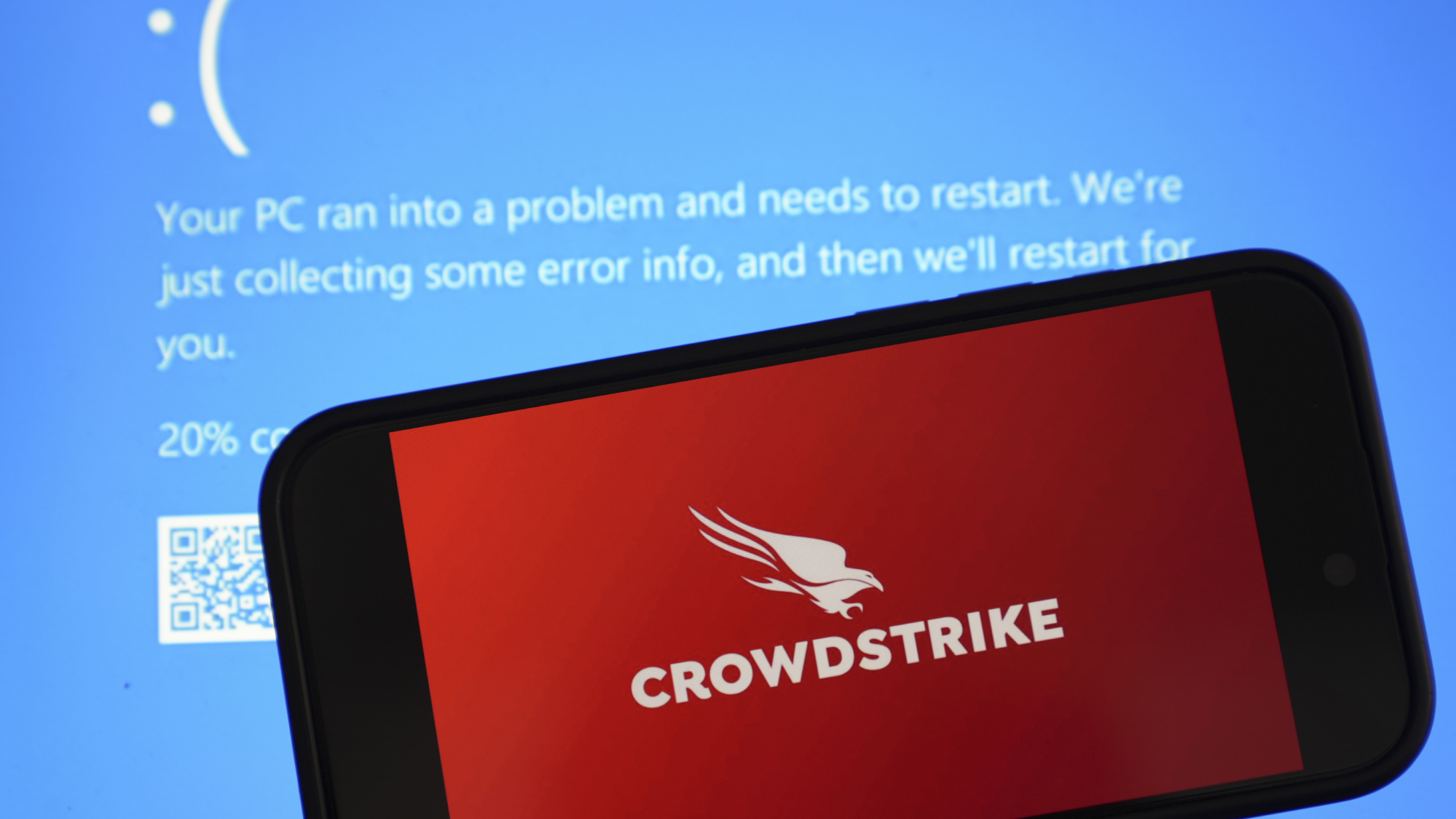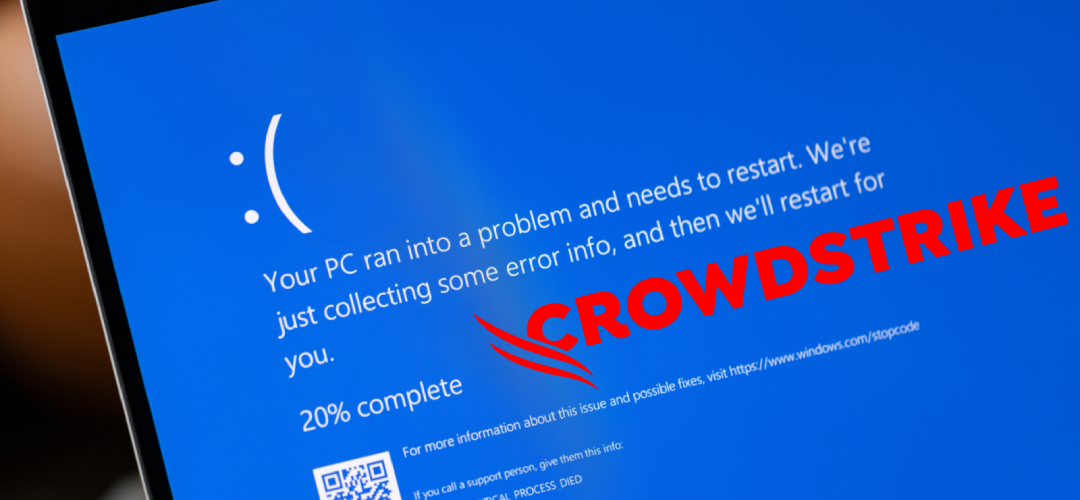A ‘Tech-tacular’ Wake-Up Call shook the world as millions were stranded at airports.
While it was not a cyber strike, the implications of a deliberate attempt to cripple global critical infrastructure were made graphically clear last week.
CrowdStrike’s coding error in its pre-update validation system triggered July 19’s global technology outage, severely disrupting airlines, hospitals, banks, and other critical sectors. Shockingly, it allowed problematic data to slip through critical checks before dissemination, leading to catastrophic errors, widespread Windows crashes and a “blue screen of death.”
As CrowdStrike hurriedly tried to do damage control, the vulnerability in our systems has been cruelly exposed. Thankfully, within a short time, a substantial portion of the 8.5 million affected computers had been restored, but the trauma of the incident will linger far longer.
Clearly, the incident raises questions about the digital world’s readiness to respond to catastrophic cyber incidents, both advertent and inadvertent.
Background
A prompt CrowdStrike release assured that a faulty software update caused the incident. Although the faulty update was retracted within an hour and a half, millions of devices had already received it. Due to the timing, the issue predominantly affected European and Asian organisations.
The malfunction caused an “out-of-bounds memory read,” resulting in system crashes that required manual intervention. Approximately 8.5 million devices now need to be reset. CrowdStrike’s report notes that their validation system had previously functioned correctly but acknowledges the need for improvement.
The company plans to implement new checks and adopt a staggered release approach to mitigate future risks. “We are committed to enhancing our processes to prevent such incidents and will provide a more detailed analysis in due course,” CrowdStrike stated.
Surely, the incident would not pass notice of the dark web, an enigmatic realm hidden beneath the surface of the Internet that has long been a breeding ground for illicit activities. From illegal drug trades to sophisticated cyber-attacks, it has nurtured a thriving ecosystem of criminal enterprises. Recent revelations indicate that this shadowy domain is increasingly mobilised for more destructive and high-profile operations, suggesting a shift in the nature and scale of cyber threats.
The threat is further magnified by the emergence of sophisticated hacking groups and ransomware operators, often financed by criminal syndicates or state actors. These entities are not only targeting financial institutions and government agencies but are also penetrating critical infrastructure, which can have far-reaching consequences on national security and public safety.

Analysis
Last week’s monumental tech outage—deemed the most severe in history—sent reverberations throughout the digital landscape, starkly exposing the frailties embedded within our interconnected systems. However, this incident was merely a foretaste of future challenges for those deeply immersed in cybersecurity. In the typically secretive domain of network protection, where high-profile clients are shielded from public view and details of breaches and ransom payments are kept clandestine, the “blue screen of death” debacle was not entirely unexpected.
To be fair to software developers, advancements in cybersecurity technology have significantly enhanced the ability to detect and respond to cyber threats. Firms like Crowd Strike, emphasising AI-driven threat detection and response, represent a significant leap forward in combating cybercrime. Moreover, increased investment in cybersecurity research and development reflects a growing recognition of the importance of digital defence.
On the other hand, several challenges underscore the current limitations in cyber preparedness. The rapid pace of technological change often outstrips the ability of organisations and individuals to adapt. New vulnerabilities continually emerge as digital technologies evolve, creating opportunities for malicious actors to exploit. Furthermore, the human element remains a significant vulnerability. Social engineering attacks, such as phishing and spear-phishing, exploit human weaknesses to gain unauthorised access to systems. Despite technological advancements, addressing these human factors remains critical to cybersecurity.
Jeffrey Dodson, a distinguished cybersecurity expert based in Washington, D.C., provides a sobering analysis. “Such events are bound to occur,” he asserts. “Despite our substantial investments in security infrastructure, process refinement, and oversight, occasional lapses are inevitable. Our focus must be on preparing to recover with agility and understanding.”
The extensive disruption wrought by the faulty CrowdStrike update—crippling air travel, healthcare systems, banks, and other critical sectors—highlights the precariousness of relying on third-party vendors for cybersecurity. Dodson’s reflections underscore a fundamental challenge for organisations: navigating the delicate balance between trusting their security providers and acknowledging the inherent risk of periodic failures.
The recent catastrophic outage, while startling, was an inevitable outcome of long-standing trends. As the Internet has expanded and online networks have proliferated, two interlinked phenomena have become increasingly apparent. Firstly, cybercrime has burgeoned into a formidable enterprise, with well-funded hacker collectives, frequently bolstered by state actors, orchestrating extortion schemes that amass billions in ransoms and inflict trillions in damages annually. Concurrently, the Internet’s architecture has grown more vulnerable to extensive disruptions. Upon closer inspection, what might appear as a diverse and decentralised web of sites and services is increasingly characterised by standardisation and homogeneity.
Much of the digital landscape relies on uniform infrastructure, from accounting software and payroll services to website hosting and cloud-based storage. For instance, Apple’s iCloud has emerged as a dominant player in mobile storage solutions. Furthermore, the majority of internet traffic traverses the networks of a handful of major providers. When these critical, often opaque layers are compromised, the entire Internet’s functionality can be jeopardised. Intrusions into these shared infrastructures have the potential to propagate widespread damage, affecting a vast number of systems and amplifying the scope of the breach.
The rise of Crowd Strike and the increasing audacity of dark web operatives represent a critical juncture in the ongoing battle against cyber threats. As the digital world faces an intensified onslaught,
Assessment
- Cybersecurity experts predict that global tech outages are “inevitable,” and future incidents could be even more severe; preparedness and resilience will be key to safeguarding our interconnected infrastructure.
- By embracing innovation, enhancing collaboration, and addressing vulnerabilities, we can fortify our defences and navigate the evolving landscape of cyber warfare. The stakes are high, and the need for a proactive and coordinated approach has never been more urgent.
- Security clients face a challenging decision: trust third-party vendors with crucial system access or accept a higher risk of cyberattacks. The recent CrowdStrike incident has intensified scrutiny of these vendors.




